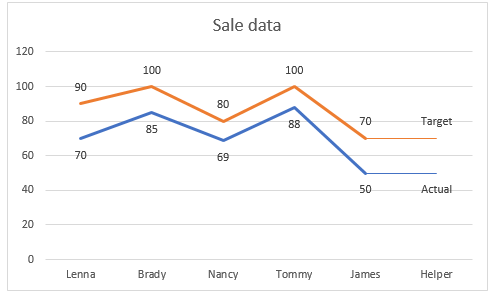

D2.Civ.2.K-2: Explain how all people, not just official leaders, play important roles in a community.Ī. Song and Movement: "We Do What We Can" (5 minutes)Ī. Reading Aloud: "The Ants and the Grasshopper" (10 minutes)ī. Role-Play Protocol: "The Ants and the Grasshopper" (20 minutes)Ĭ. Engaging the Artist: Watercoloring Technique (20 minutes)Ī. Reflecting on Learning: Working to Contribute to a Better World (5 minutes).L.2.5a: Identify real-life connections between words and their use (e.g., describe foods that are spicy or juicy).Ĭ3 Framework for Social Studies State Standards.L.2.5: Demonstrate understanding of word relationships and nuances in word meanings.L.2.4b: Determine the meaning of the new word formed when a known prefix is added to a known word (e.g., happy/unhappy, tell/retell).
 L.2.4: Determine or clarify the meaning of unknown and multiple-meaning words and phrases based on grade 2 reading and content, choosing flexibly from an array of strategies.
L.2.4: Determine or clarify the meaning of unknown and multiple-meaning words and phrases based on grade 2 reading and content, choosing flexibly from an array of strategies.  SL.2.5: Create audio recordings of stories or poems add drawings or other visual displays to stories or recounts of experiences when appropriate to clarify ideas, thoughts, and feelings. SL.2.2: Recount or describe key ideas or details from a text read aloud or information presented orally or through other media. RL.2.6: Acknowledge differences in the points of view of characters, including by speaking in a different voice for each character when reading dialogue aloud. RL.2.4: Describe how words and phrases (e.g., regular beats, alliteration, rhymes, repeated lines) supply rhythm and meaning in a story, poem, or song. RL.2.3: Describe how characters in a story respond to major events and challenges. RL.2.2: Recount stories, including fables and folktales from diverse cultures, and determine their central message, lesson, or moral.
SL.2.5: Create audio recordings of stories or poems add drawings or other visual displays to stories or recounts of experiences when appropriate to clarify ideas, thoughts, and feelings. SL.2.2: Recount or describe key ideas or details from a text read aloud or information presented orally or through other media. RL.2.6: Acknowledge differences in the points of view of characters, including by speaking in a different voice for each character when reading dialogue aloud. RL.2.4: Describe how words and phrases (e.g., regular beats, alliteration, rhymes, repeated lines) supply rhythm and meaning in a story, poem, or song. RL.2.3: Describe how characters in a story respond to major events and challenges. RL.2.2: Recount stories, including fables and folktales from diverse cultures, and determine their central message, lesson, or moral. Story elements anchor chart how to#
RL.2.1: Ask and answer such questions as who, what, where, when, why, and how to demonstrate understanding of key details in a text. These are the CCS Standards addressed in this lesson:







 0 kommentar(er)
0 kommentar(er)
